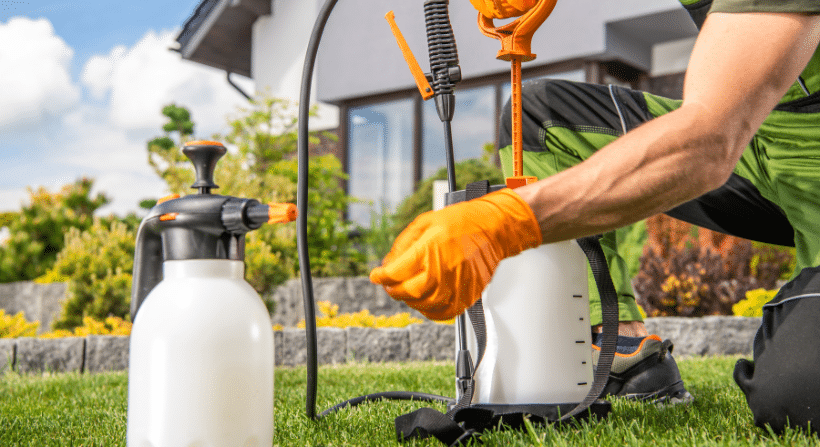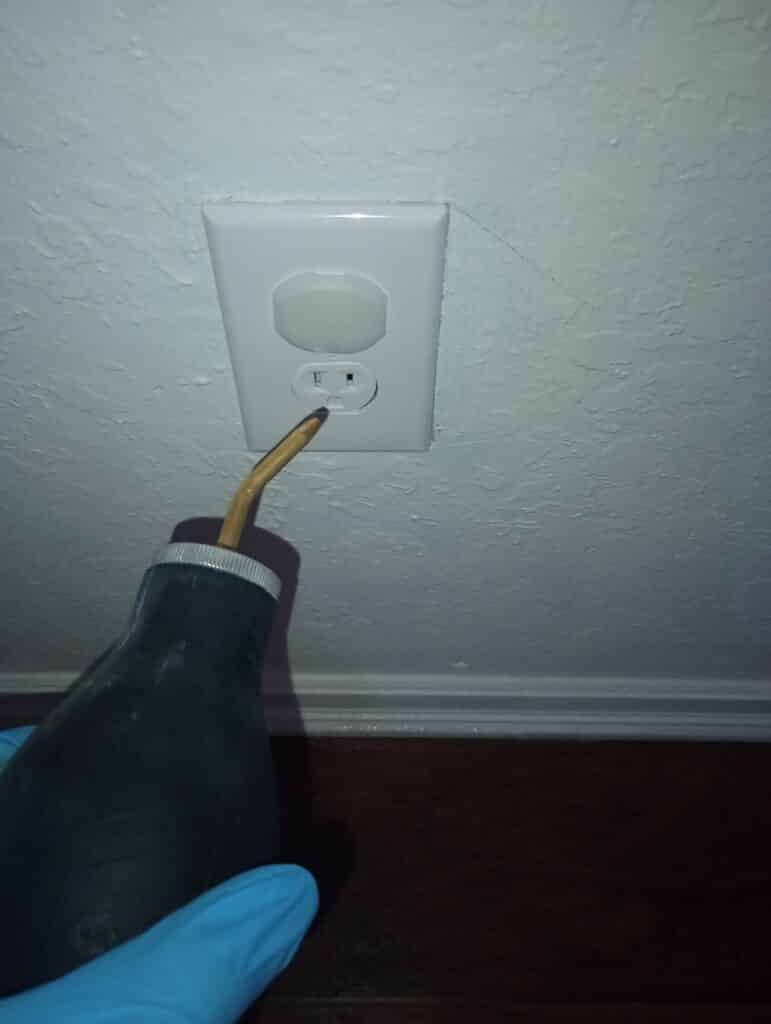Bed bugs are notoriously difficult pests to eliminate, and they can cause significant discomfort and anxiety. CimeXa Insecticide Dust is one of the effective solutions available to tackle these resilient pests. This article will guide you through understanding what CimeXa is, its benefits, and a step-by-step process on how to use it effectively to eradicate bed bugs from your home.

Understanding CimeXa Insecticide Dust
CimeXa Insecticide Dust is a silica-based desiccant dust designed to kill bed bugs and other pests by dehydrating them. Unlike traditional chemical insecticides, CimeXa works through physical action, making it an excellent option for those concerned about chemical exposure.
Benefits of CimeXa
1. Non-Toxic: CimeXa is non-toxic to humans and pets, making it a safer alternative to chemical insecticides.
2. Long-Lasting: Once applied, CimeXa can remain effective for up to 10 years if undisturbed.
3. Broad Spectrum: It not only targets bed bugs but also other pests like ants, fleas, ticks, and roaches.
4. Minimal Resistance: Bed bugs are unlikely to develop resistance to CimeXa, as it kills through dehydration rather than chemical action.
Preparing for Treatment
Before you begin applying CimeXa, proper preparation is crucial to ensure the treatment’s effectiveness.
Inspection
1. Identify Infested Areas: Carefully inspect your home to identify bed bug hiding spots. Common areas include mattresses, box springs, bed frames, headboards, and nearby furniture.
2. Use Tools: A flashlight and magnifying glass can help you spot bed bugs and their eggs. Look for small, reddish-brown bugs and tiny white eggs.
Decluttering
1. Reduce Clutter: Remove unnecessary items from the room to minimize hiding spots and make treatment easier. Bag and seal infested items for later treatment.
2. Wash and Dry: Launder bedding, curtains, and clothing in hot water and dry on the highest setting to kill any bed bugs and eggs.
Applying CimeXa Insecticide Dust 
Now that you’ve prepared the area, it’s time to apply CimeXa. Follow these steps carefully to maximize the dust’s effectiveness.
Safety Precautions
1. Protect Yourself: Wear gloves, a mask, and protective eyewear to avoid inhaling the dust or getting it on your skin.
2. Ventilation: Ensure the room is well-ventilated during and after application.
Application Process
1. Use the Right Tools: A hand duster or a brush can help you apply the dust evenly. Avoid creating large clouds of dust.
2. Focus on Hiding Spots: Apply CimeXa lightly to cracks, crevices, and other areas where bed bugs hide. Common places include:
– Mattresses and Box Springs: Lightly dust seams, tufts, and folds.
– Bed Frames and Headboards: Apply dust to joints, cracks, and crevices.
– Baseboards and Wall Joints: Dust along baseboards, under carpets, and around electrical outlets.
– Furniture: Treat cracks and crevices in chairs, sofas, and other furniture near the bed.
3. Avoid Over-Application: Use a light dusting, as too much product can be less effective and harder to clean up.
Post-Application
1. Leave It Undisturbed: Once applied, leave the dust undisturbed for as long as possible to maintain its effectiveness.
2. Monitor: Regularly check the treated areas for signs of bed bug activity. Reapply if necessary.
Additional Tips for Effective Bed Bug Management
While CimeXa is highly effective, combining it with other strategies can enhance your bed bug control efforts.
Vacuuming
1. Regular Vacuuming: Vacuum regularly to remove bed bugs and eggs. Focus on seams, folds, and cracks where bed bugs hide.
2. Dispose Properly: After vacuuming, immediately seal the vacuum bag and dispose of it outside your home.
Heat Treatment
1. Steam Cleaning: Use a steam cleaner on mattresses, furniture, and other infested areas. The heat kills bed bugs and eggs on contact.
2. Heat Chambers: For severe infestations, consider using a portable heat chamber to treat infested items.
Encasements
1. Mattress Encasements: Encase mattresses and box springs in bed bug-proof covers to trap any remaining bugs and prevent new infestations.
2. Pillow Covers: Use encasements for pillows to protect them from bed bugs.
Long-Term Prevention
After successfully eliminating bed bugs, take preventive measures to avoid future infestations.
Regular Inspections
1. Frequent Checks: Regularly inspect your home for signs of bed bugs, especially after traveling or having guests.
2. Early Detection: Early detection can prevent a small infestation from becoming a major problem.
Reduce Hiding Spots
1. Seal Cracks and Crevices: Use caulk to seal cracks and crevices in walls, floors, and furniture.
2. Minimize Clutter: Keep your home tidy and clutter-free to reduce hiding spots for bed bugs.
Caution with Used Items
1. Inspect Used Furniture: Carefully inspect and treat any used furniture or clothing before bringing it into your home.
2. Avoid Picking Up Items: Avoid picking up discarded furniture or items from the street.
Conclusion
CimeXa Insecticide Dust is a powerful and effective tool in the battle against bed bugs. By following the steps outlined in this guide, you can effectively eliminate bed bugs from your home and prevent future infestations. Remember, consistency and thoroughness are key to successful bed bug management. Combining CimeXa with other control methods and maintaining good practices will help you keep your home bed bug-free.

Recent Comments